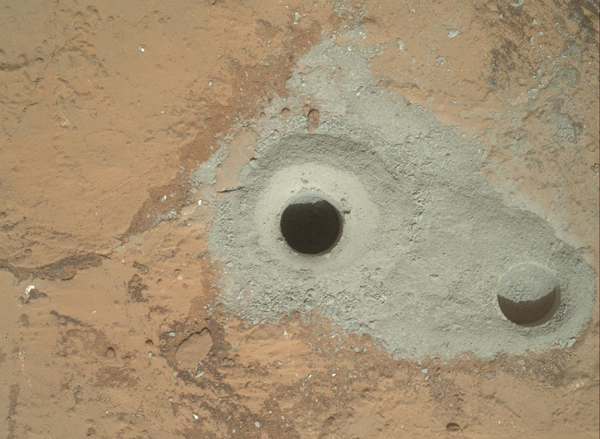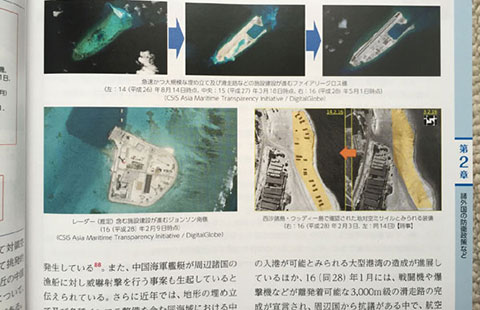NASA's robotic rover Curiosity drills into Martian rock
WASHINGTON - For the first time, NASA's rover Curiosity used its on-board drill to collect a sample of Martian bedrock that might offer evidence of a long-gone wet environment, the US space agency reported on Saturday.
Drilling down 2.5 inches (6.4 cm) into a patch of sedimentary bedrock, Curiosity collected the rock powder left by the drill and will analyze it using its own laboratory instruments, NASA said in a statement. This is the first time a robot has drilled to collect a Martian sample.
Images of the hole, along with a shallower test hole nearby, can be seen at http://www.jpl.nasa.gov/news/news.php?release=2013-052 .
"The most advanced planetary robot ever designed is now a fully operating analytical laboratory on Mars," said John Grunsfeld, NASA associate administrator for the agency's Science Mission Directorate.
Curiosity drilled into a rock called "John Klein," named for a Mars Science Laboratory deputy project manager who died in 2011.
In the next few days, ground controllers will command the rover's arm to process the sample by delivering bits of it to the instruments inside Curiosity.
Before the rock powder is analyzed, some will be used to scour traces of material that may have been deposited onto the hardware while the rover was still on Earth, despite thorough cleaning before launch, NASA said.
The drilling and analysis is part of NASA's Mars Science Laboratory Project, which is using the Curiosity rover to figure out whether an area in Mars' Gale Crater ever offered a hospitable environment for life.




















